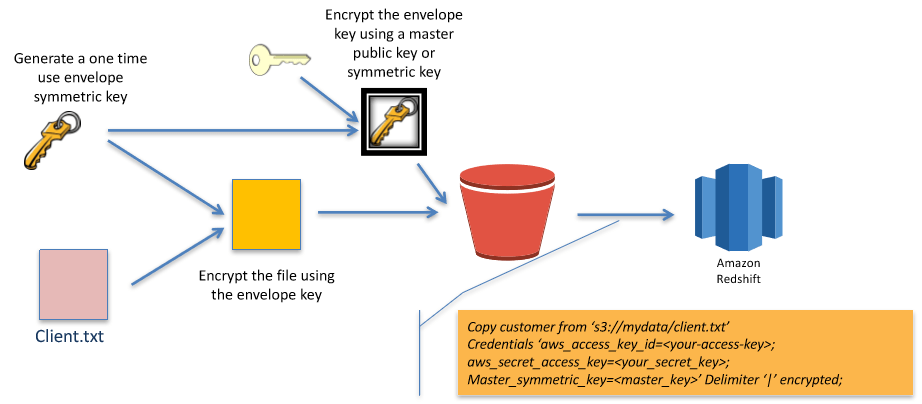

Node Range is the minimum and the maximum number of nodes that Amazon Redshift supports for the node type and size.Ī typical node configuration table will look like this.Storage is the capacity and type of storage for each node.

Slice per Node – It is the parameter that defines the number of slices the nodes are partitioned into when the cluster is created or resized.RAM is the amount of memory in gibibytes (GiB) for each node.vCPU is the number of virtual CPUs for each node.Let’s have a detailed look at these parameters – While choosing the node, you need to carefully examine the parameters and choose the one that suits best your requirement. Redshift Node Types are classified on the below parameters. It then finally returns the results to the client applications. Once the execution plans are created, it then coordinates with compute nodes for parallel execution of the queries and then aggregates the intermediate results from the nodes. The leader node acts as a master that receives queries from the client, parses the query, and develops the execution plans.
#AWS REDSHIFT DATA TYPES FREE#
Simplify your Data Analysis with Hevo today! Sign up here for a 14-Day Free Trial! What are Redshift Node Types?įrom the above architecture, you can see, the Redshift cluster consists of nodes (Compute and Leader) to perform parallel computing.

Scalable Infrastructure: Hevo has in-built integrations for 100+ sources that can help you scale your data infrastructure as required.100% Complete & Accurate Data Transfer: Hevo’s robust infrastructure ensures reliable data transfer with zero data loss.Real-time Data Transfer: Hevo provides real-time data migration, so you can have analysis-ready data always.Completely Automated: The Hevo platform can be set up in just a few minutes and requires minimal maintenance.Get Started with Hevo for FreeĬheck out some of the cool features of Hevo: Hevo is fully automated and hence does not require you to code. Hevo offers a faster way to move data from databases or SaaS applications into your data warehouse such as Amazon Redshift, to be visualized in a BI tool. The below snap depicts the schematics of AWS Redshift architecture:ĪWS Redshift offers JDBC connectors to interact with client applications using major programming languages like Python, Scala, Java, Ruby, etc. It contains a leader node and cluster of compute nodes that perform analytics on data. What is Redshift Architecture?ĪWS Redshift has a very simple Architecture. To know more about AWS Redshift, follow the official documentation here. Amazon Redshift has its own compute engine to perform computing and generate critical insights.ĪWS Redshift is very cost-effective, and it costs around $1000/TB/year, thereby making it very cost-effective as compared to traditional data warehouses. AWS Redshift is designed to store petabytes of data and can perform real-time analysis to generate insights.ĪWS Redshift is a column-oriented database, and stores the data in a columnar format as compared to traditional databases that store in a row format. It is a fully managed and cost-effective data warehouse solution. Factors that Affect Redshift Node Types PriceĪWS Redshift is a cloud-based data warehouse provided by Amazon as a part of Amazon Web Services.Hevo, A Simpler Alternative to Integrate your Data for Analysis.


 0 kommentar(er)
0 kommentar(er)
